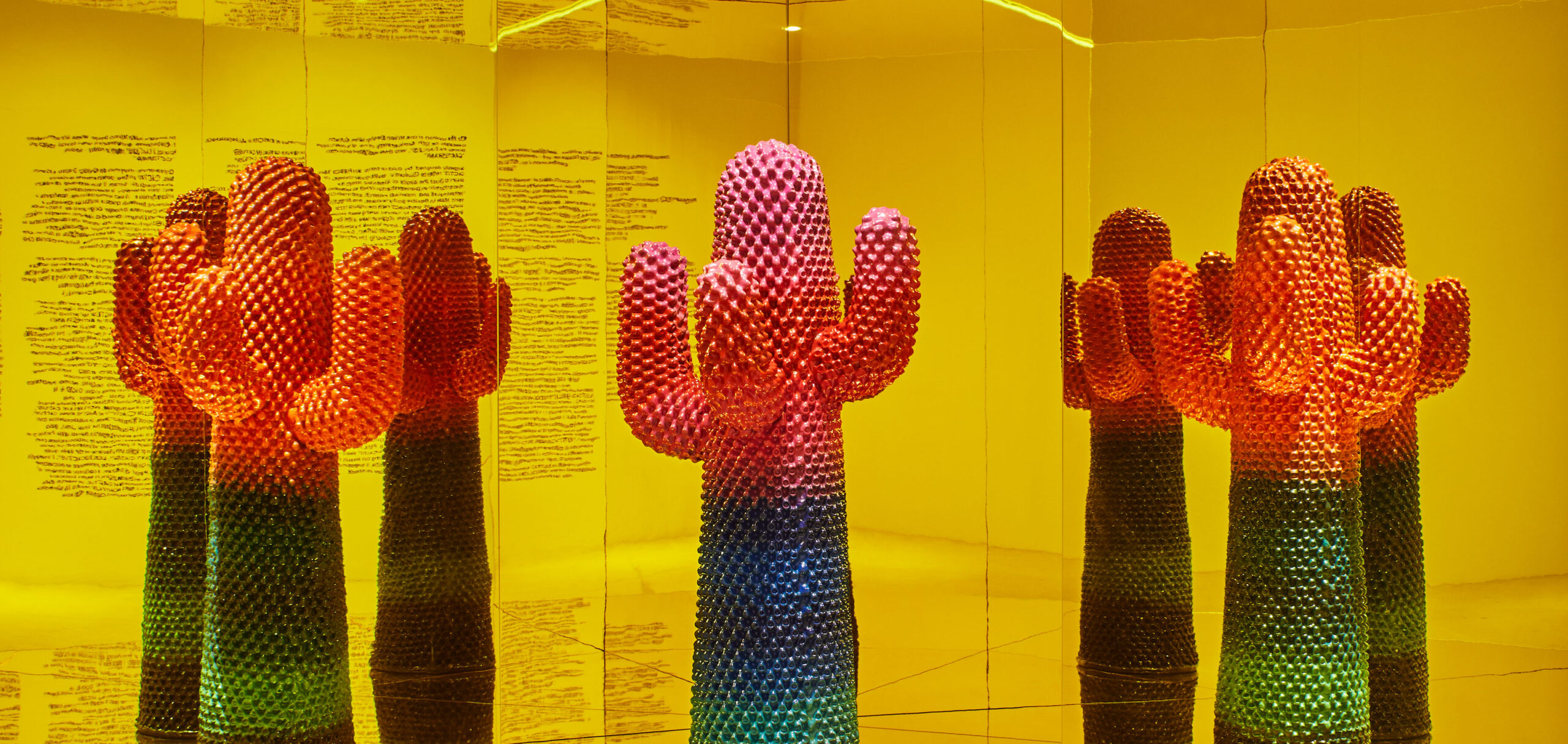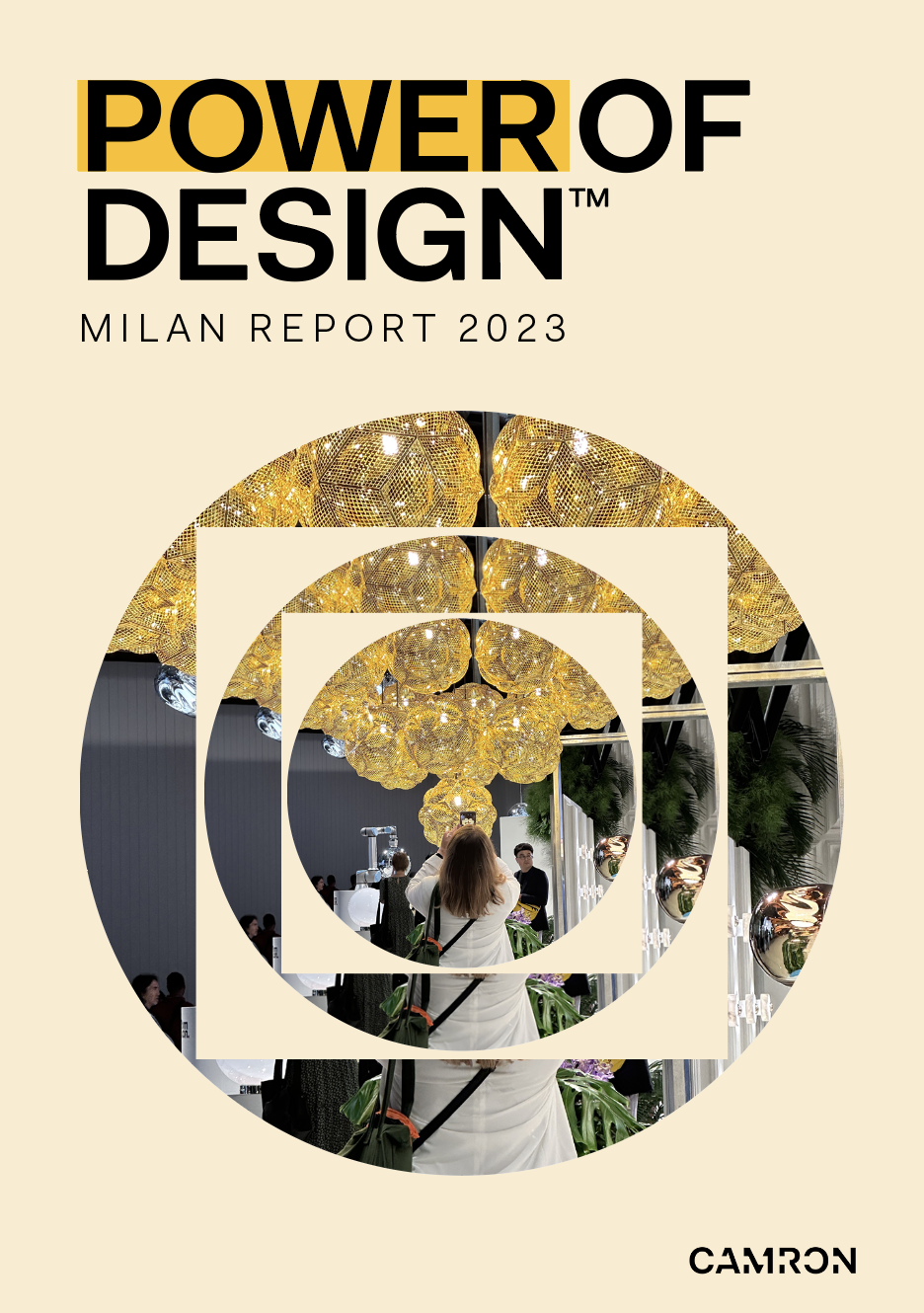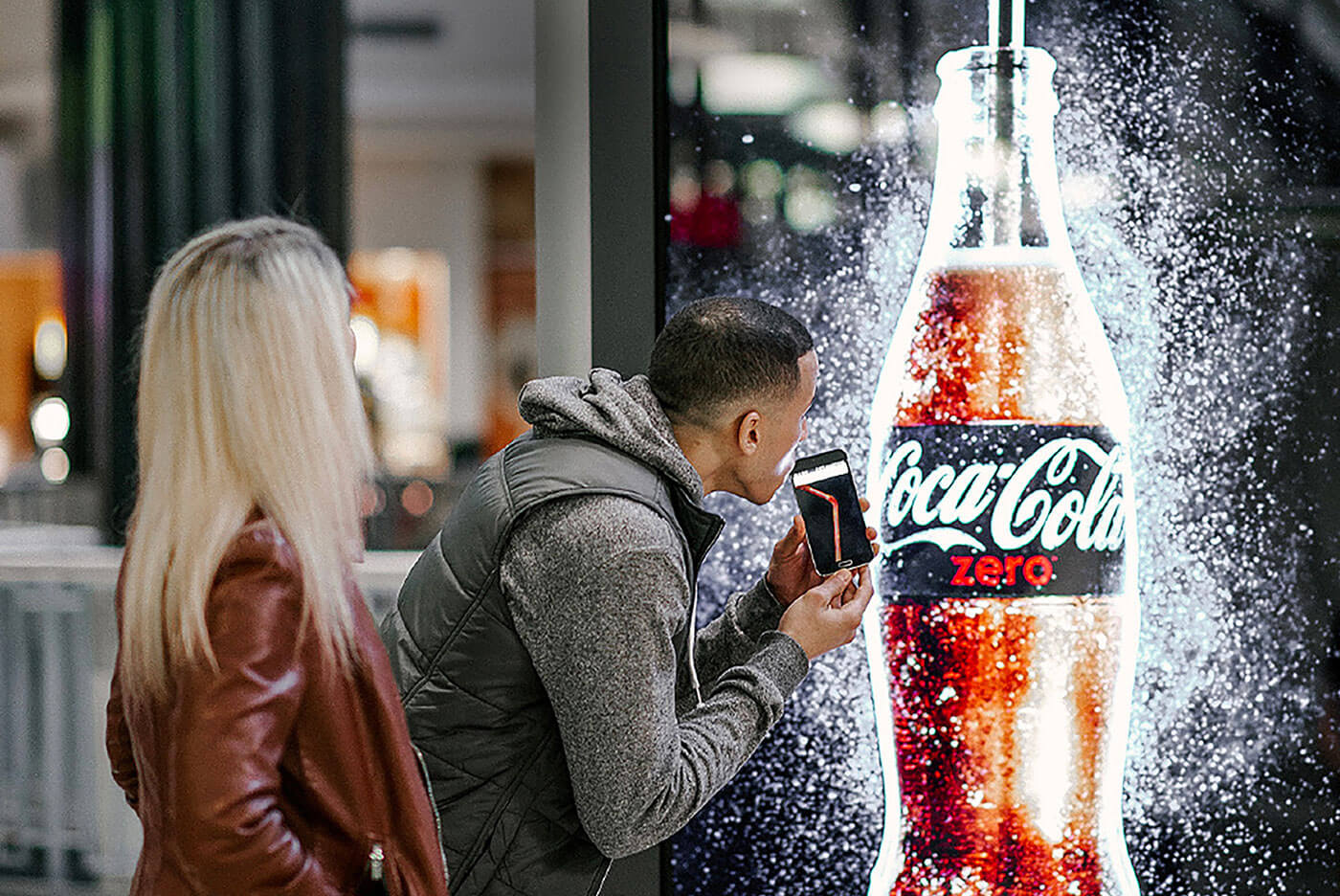Having worked with some of the biggest brands on the planet, marketing and communications guru…
The importance of building a strong design culture as consumers and employees demand to be treated not as data but human beings.


Italian Radical Design doesn’t need a function to make design meaningful.
For Italian Radical Design, a collective of historic Italian design brands helmed by Sandra and Charley Vezza, non-conformity is the norm. In 2022, the Vezzas brought together Gufram, Meritalia and Memphis Milano — finding commonality in their unconventional approach to design.
In Milan this year, Gufram partners with another design world delinquent, New York’s Snarkitecture. The collaboration, Sculpted Series, is a five-piece collection of furniture and home accessories that considers the concept of total living, existing somewhere in the ether between art, architecture and design.
We turned to Charley Vezza, CEO of Italian Radical Design, to understand Milan and the stories we tell about design from his own, typically untypical, perspective.
For most of the design presented during Milan Design Week, the narrative — the real, surreal or invented story behind its making — is of the greatest importance. Storytelling is key. No one would buy an object if it didn’t have a story, author, designer and a narrative behind it. So, let’s say that it is interesting to see how design actually — and increasingly — requires a narrative around the physical object. What, more than design itself, is able to create a narration around a physical, enduring object?
Every piece of design must last over the years, and, unlike fashion for example, design needs to reinvent itself to be timeless. It is renewed by the narration or storytelling that is more and more critical for the object.
The real (or surreal) story that one tells is also important. This leads design week to actually be a week of visual communication, a week of storytelling, a week of narration, that must be multi-channel. Maybe it shouldn’t be called Milan Design Week anymore, but it could be Milan Visual Week or the Week of Storytelling because nothing like contemporary design requires a system to tell the story of a piece across many different channels.
Surely, there is a functional, or essential design, which is that of medical devices or that of ergonomic furniture or water filters.
Narrative function here isn’t of concern, this category of design is use-based, created to execute a task for societal good. Our products are completely useless but they do fulfill the important task of bringing beauty into our lives.
These are the kind of objects that we see everyday, that make us happy when we wake up, that show us beauty. And it’s not just aesthetics, they also tell us a story, the history of a moment. Useless design, in the end, exists precisely because spaces must be filled with things that are aesthetically and historically significant. That transforms a gray room or a gloomy office into spaces imbued with colour and fun.
Design influences our society and the environments in which we spend our time, the office or the home, bringing us beauty and positivity. Ultimately, design influences our mood.
Unfortunately, we spend a lot of time in the interior spaces between our home and office. So, design at home must bring us the same joy that a tree brings us outdoors. Even if no artist or designer has ever managed to make something as beautiful as a tree.




